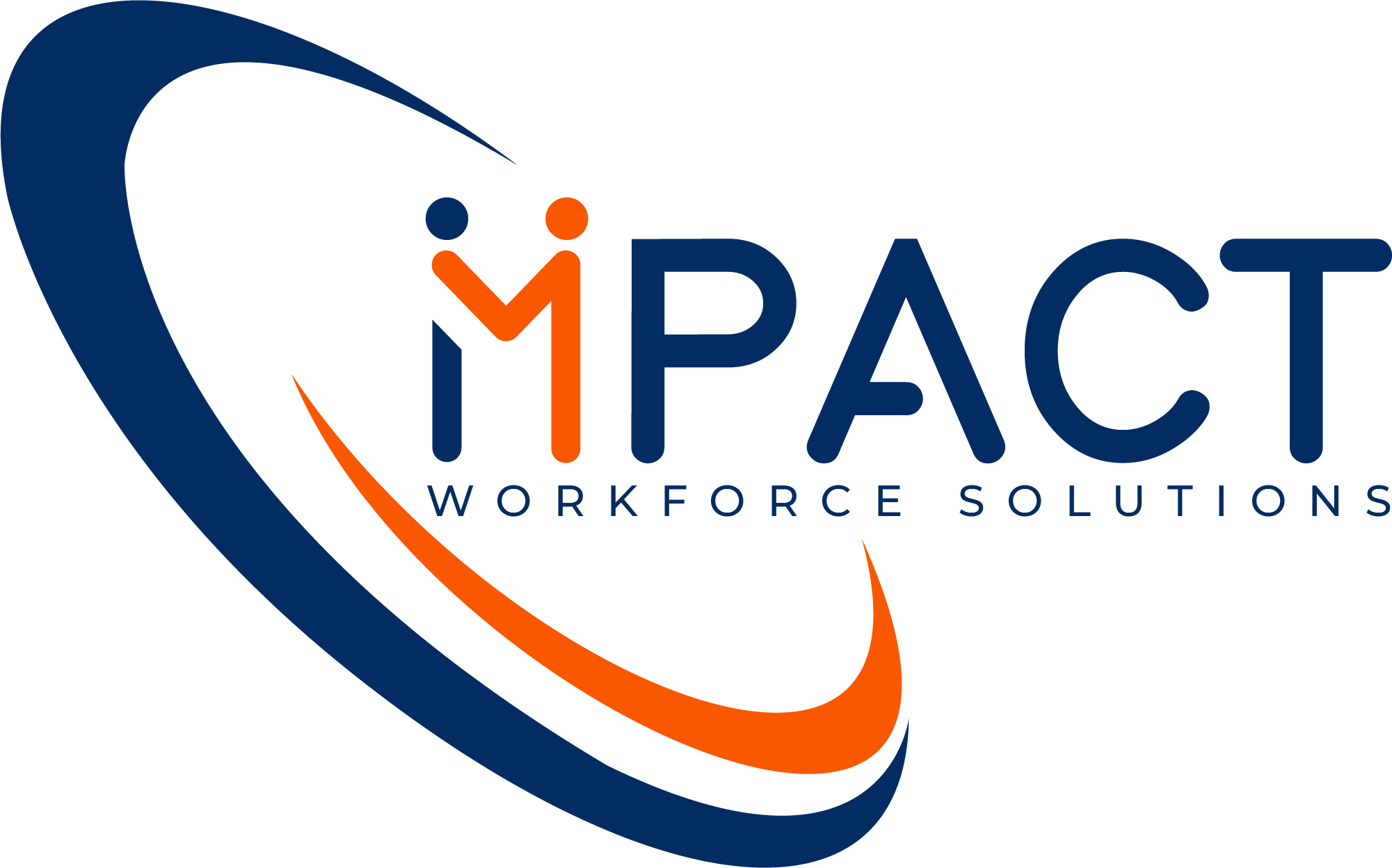
Imagine a workplace at peak productivity, where innovation and creativity are the driving forces. Now, envision an environment that’s static, lacking vitality and enthusiasm. This stark contrast underscores a critical yet often overlooked inhibitor of employee engagement: burnout.
Burnout is a deeply complex problem affecting business operations and hampering growth for countless organizations across sizes and international borders. It incurs concealed costs associated with healthcare and the more overt consequences of reduced productivity. That’s why the focus in contemporary business practice has shifted from simply managing workforces to deeply understanding and cultivating them. We’re dissecting the nuanced impacts of burnout, unraveling its root causes, and unpacking a few strategies for revitalizing employee engagement.
Burnout: Causes and impacts on business
Workforce burnout is a pervasive issue, distinct from personal burnout as it encompasses more than individual experiences. It’s typically a symptom of larger organizational issues with three common root causes:
- Personality factors: Employees vary in their resilience to stress and pressure.
- Work-life imbalance: Unmanageable workloads and time pressures can encroach upon personal time and well-being.
- Work-related stressors: Ambiguous roles, undesirable compensation, absence of communication or support from management, inequitable treatment, isolation, and tension between colleagues can cause employees to feel insecure, stressed, and drained over time.
Deprioritizing employee well-being comes at a hefty price. Lower employee engagement, decreased productivity, higher turnover rates, and elevated healthcare costs are a few to consider. In high-pressure environments, the healthcare costs of burnout alone can soar by 50%.
The toll of workplace stress is also far-reaching, affecting the nation as a whole. The U.S. loses an estimated 550 million workdays every year to burnout-related absenteeism, costing the economy $500 billion. Globally, burnout costs a staggering $1 trillion, annually lost on productivity. Its profound impact on businesses worldwide can’t be overstated.

Empowering employees: Strategies to prevent and address burnout
Empowering employees to combat burnout begins with employers actively understanding the specific dynamics of their workforce and identifying the factors contributing to burnout within the organization. These actions should leverage avenues such as department meetings, employee feedback forums, and firsthand workplace assessments.
To address work-life imbalance, employers can create more manageable workloads by setting realistic targets and offering flexible scheduling options. Equipping employees with the right resources, tools, technology, and support to accomplish tasks is also critical to employee empowerment. By providing employees with the support and autonomy to balance their professional duties with personal responsibilities, organizations can alleviate the strain of excessive workloads and foster a healthier work-life equilibrium. Mental health initiatives, including the provision of mental health days, access to counseling services, and paid time off can also enhance employee resilience in navigating workplace challenges.
Central to preventing burnout is cultivating a positive work culture characterized by fairness, respect, and inclusivity across all organizational roles. Effective management is key in developing a work environment where employees feel valued, appreciated, and a sense of belonging and purpose. These efforts ultimately bolster morale and mitigate burnout risk.
Optimizing contingent workforce management and sustaining engagement
A contingent workforce can offer diverse skills, flexibility, and cross-functional expertise to meet evolving business demands. But the risk of contingent workforce burnout calls for careful attention and management.
Contingent workforces often face uncertainty about their roles, which is compounded by unique challenges such as limited integration into the organizational culture and restricted access to support systems. Organizations must view their contingent workforce as a vital extension of their core workforce, proactively addressing concerns and enhancing engagement to create a unified and resilient work culture. Here are a few strategies for maximizing contingent workforce engagement:
- Integrate contingent workers into core workforce activities.
- Provide clear and consistent expectations.
- Build a strong employer brand for contingent workers.
- Cultivate meaningful relationships between contingent workers and permanent staff.
- Recognize the contributions of contingent workers alongside permanent employees.
- Offer collaborative skill development opportunities.
- Partner with an employer of record (EOR) and managed services provider to optimize benefits and support services for contingent workers.

Partner with Impact to break through employee burnout
The delineation between peak productivity and stagnation hinges significantly on how organizations manage employee engagement and address burnout. Doing so effectively demands a fundamental shift in workplace culture and deep acknowledgment of all employees — including contingent workers — as indispensable contributors to organizational success.
As stakeholders explore next steps, focus should be on embedding these insights into organizational DNA. Strategies for combating burnout and enhancing engagement must become integral components of business operations. With effective management fostering this change, businesses can witness a transformation in employee morale and productivity, setting a precedent in the corporate world for prioritizing employee experience as the cornerstone of success.
